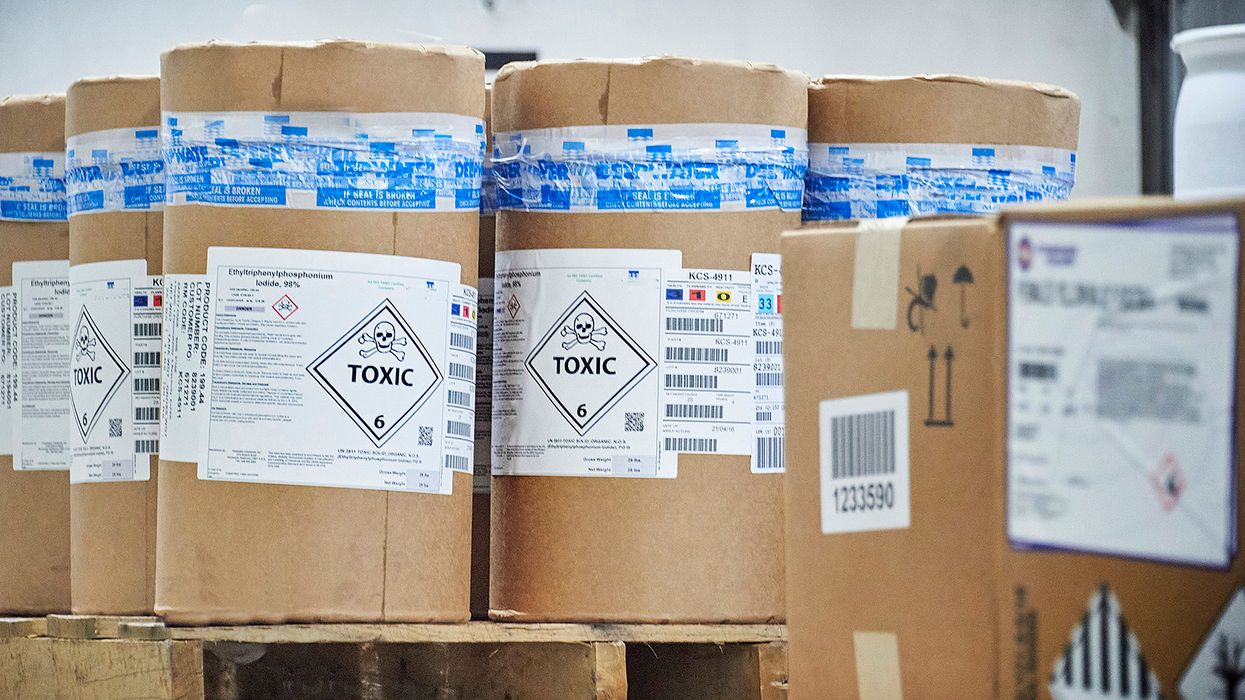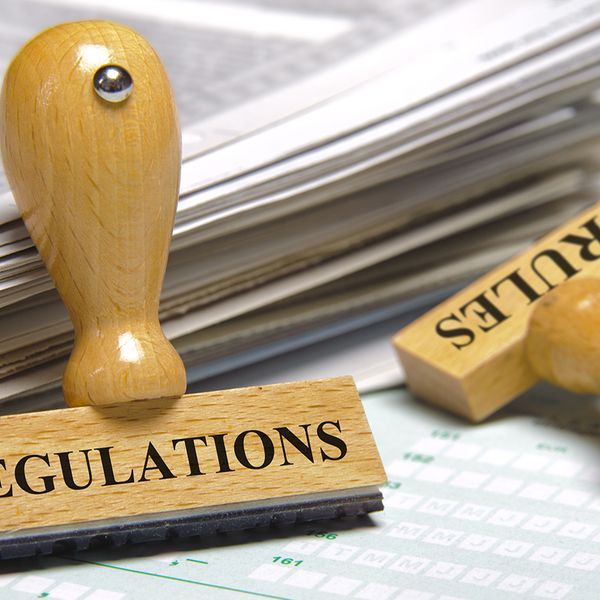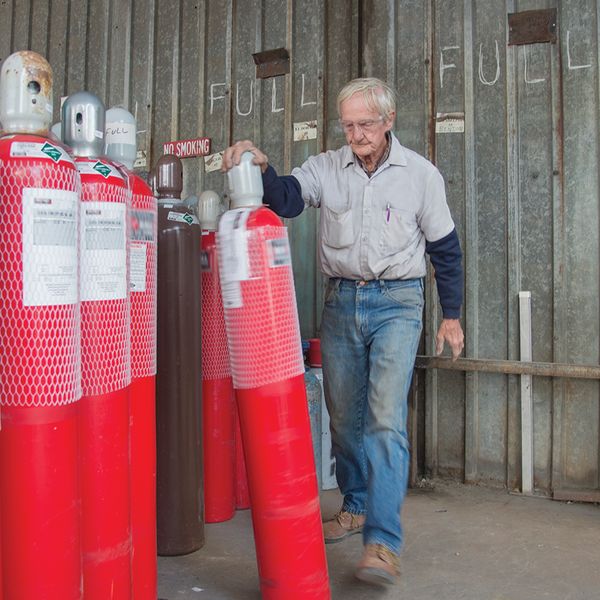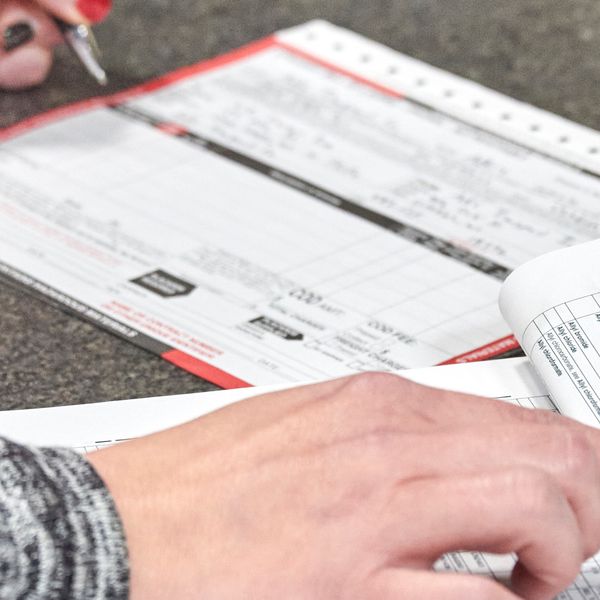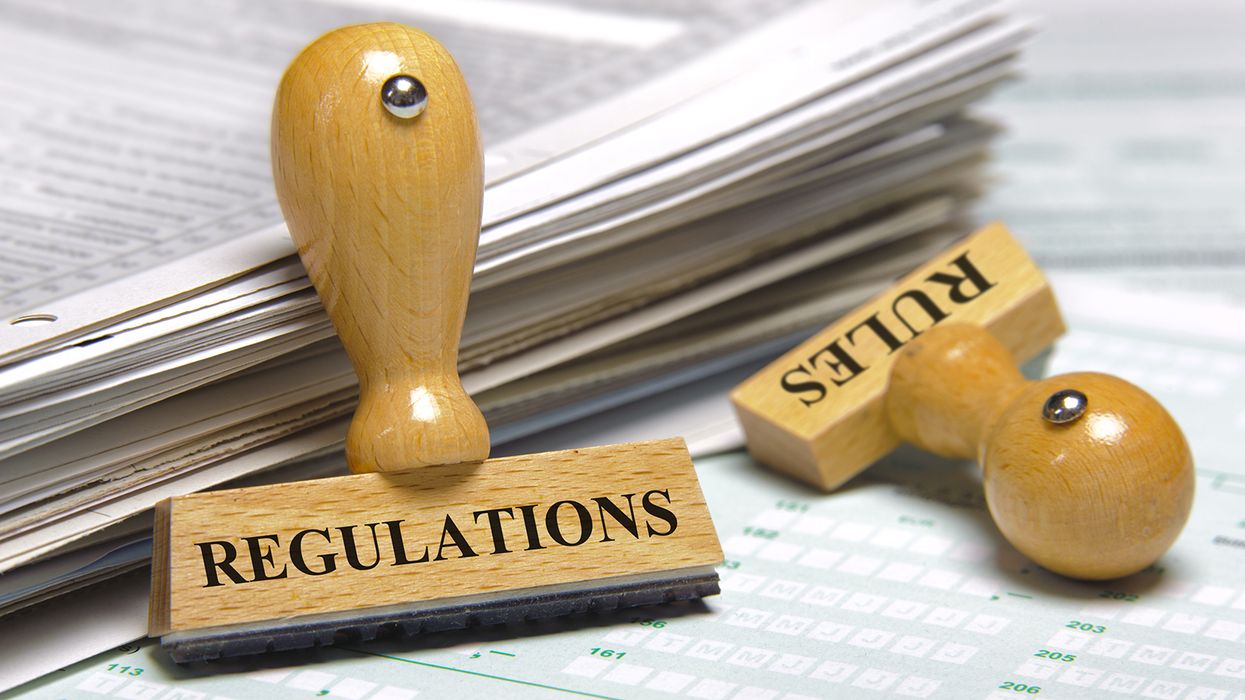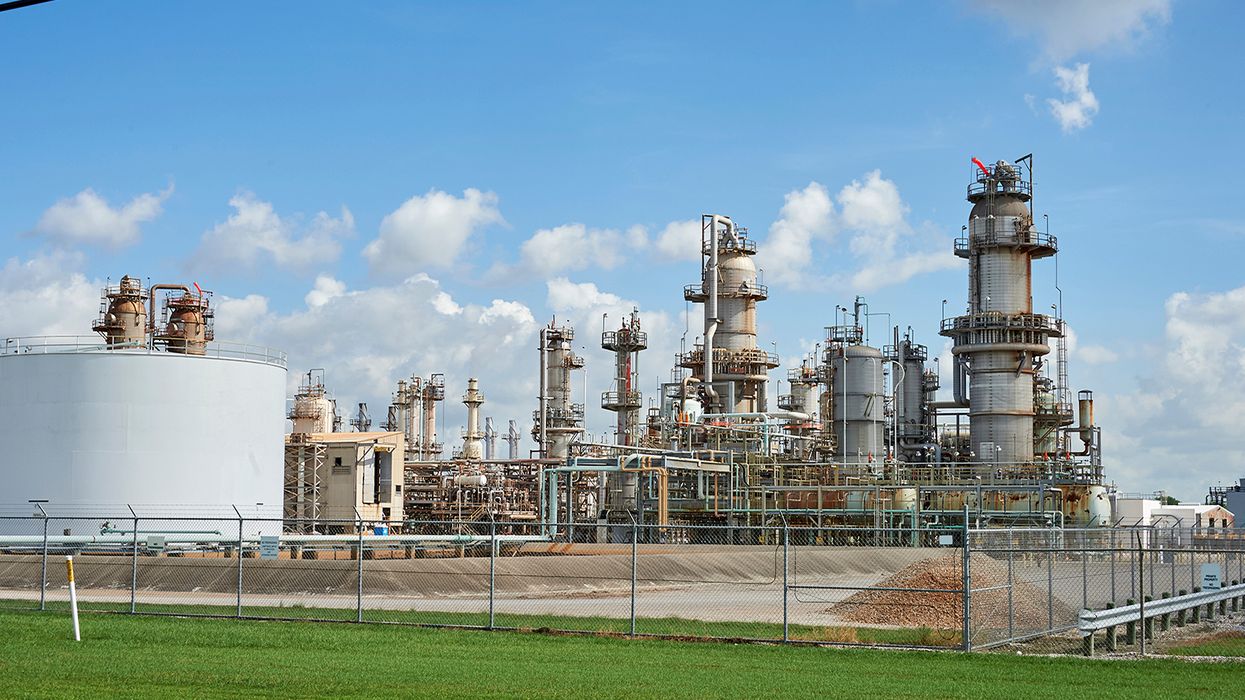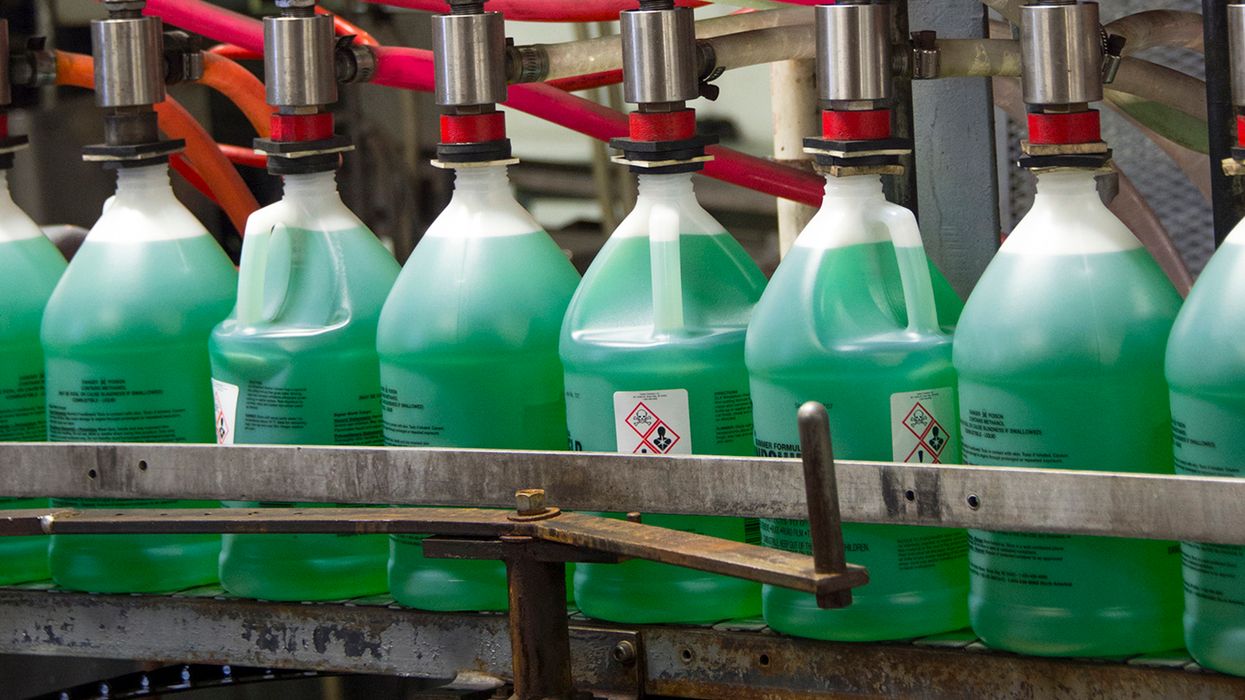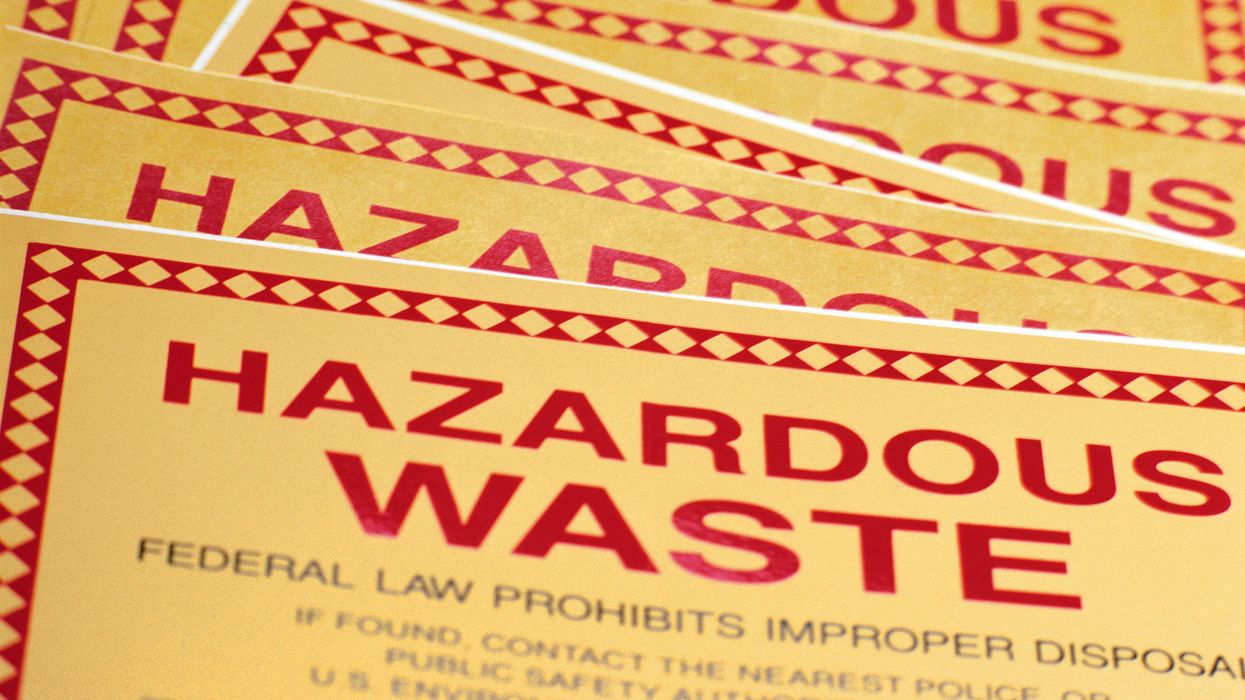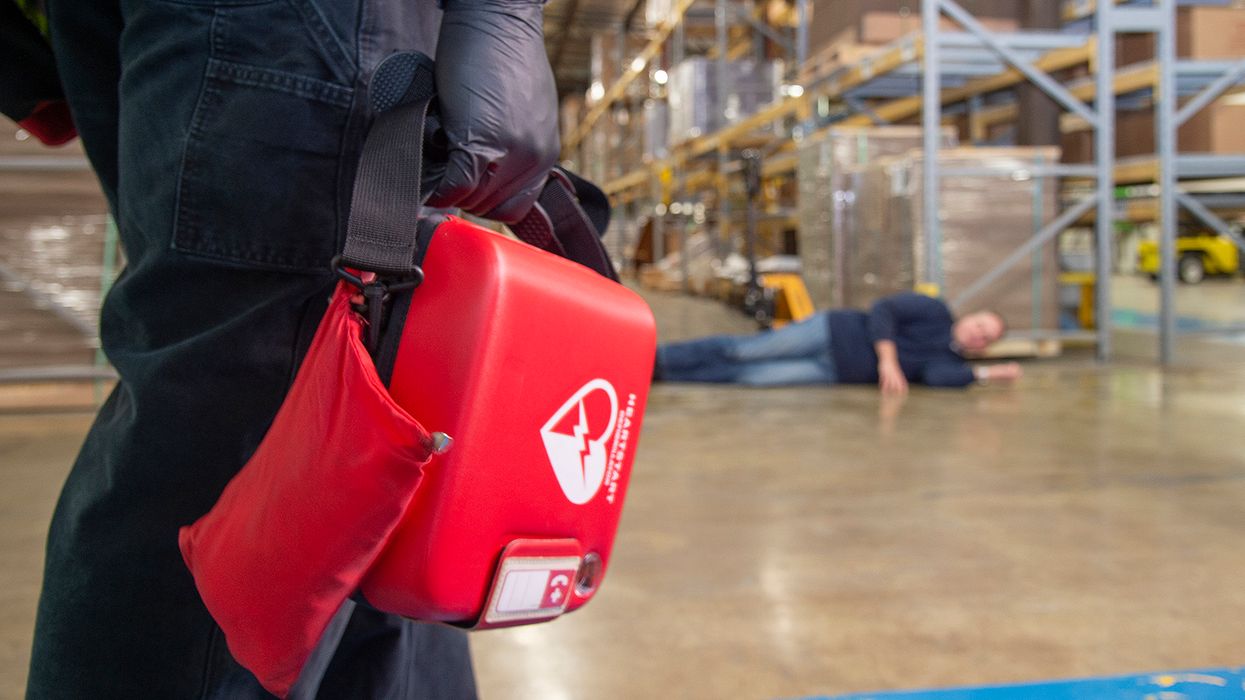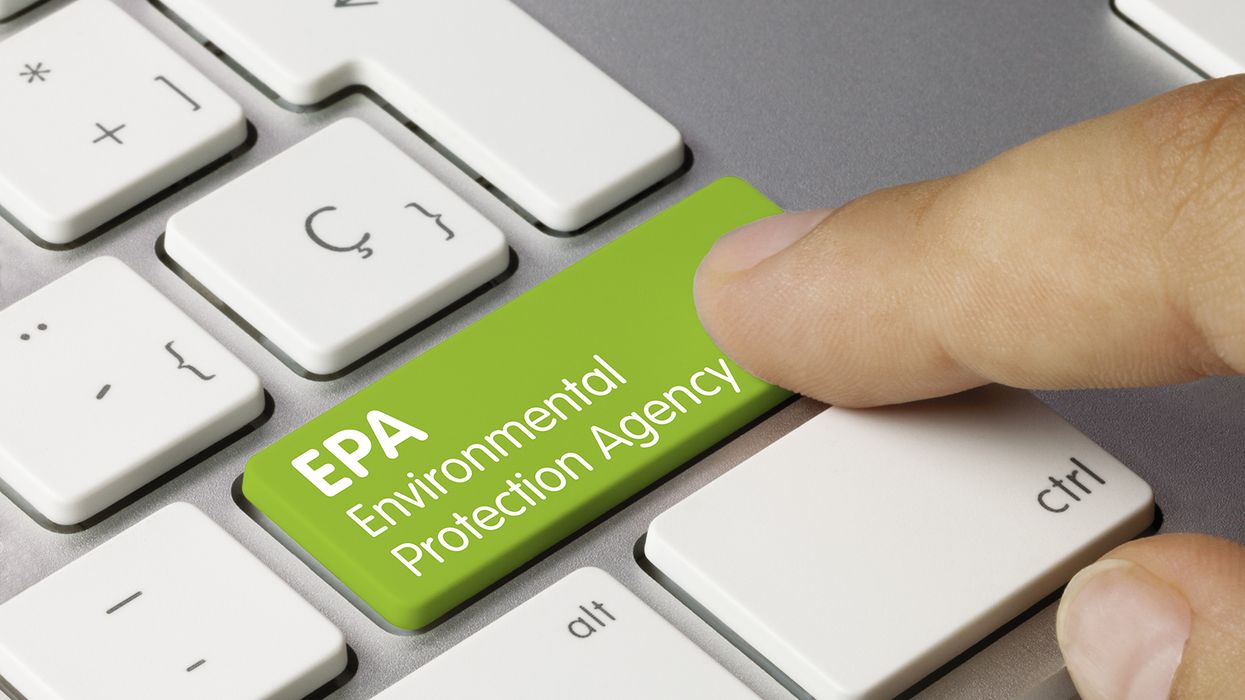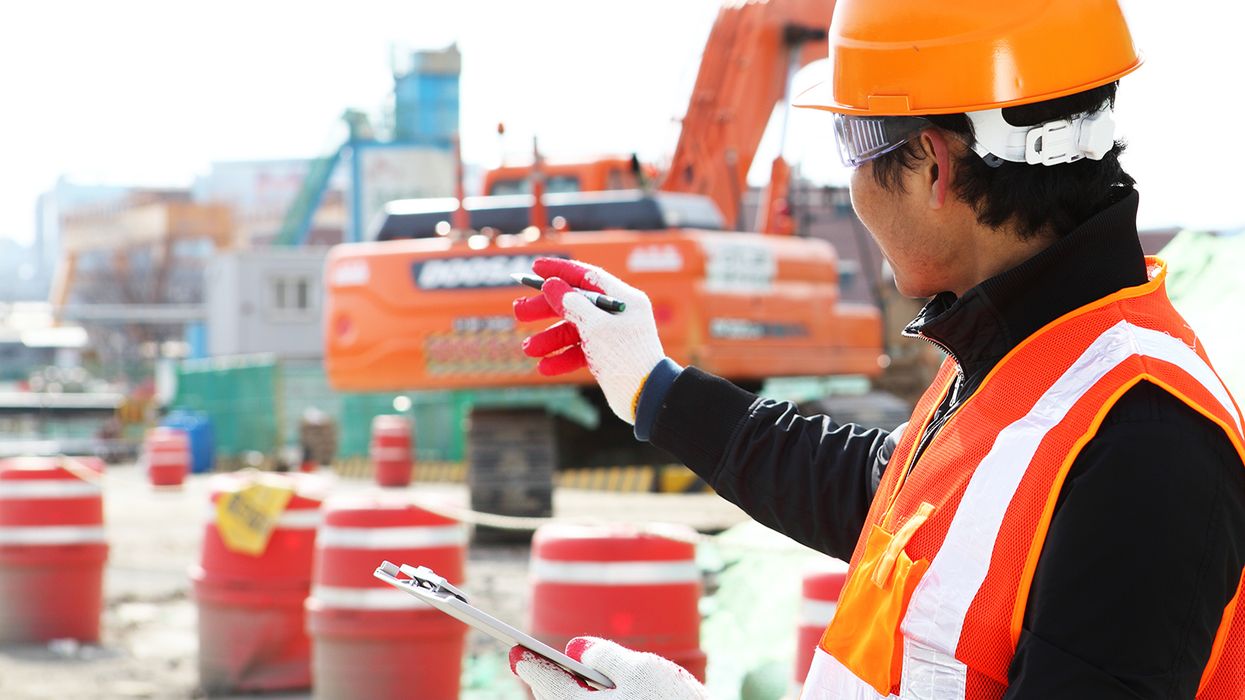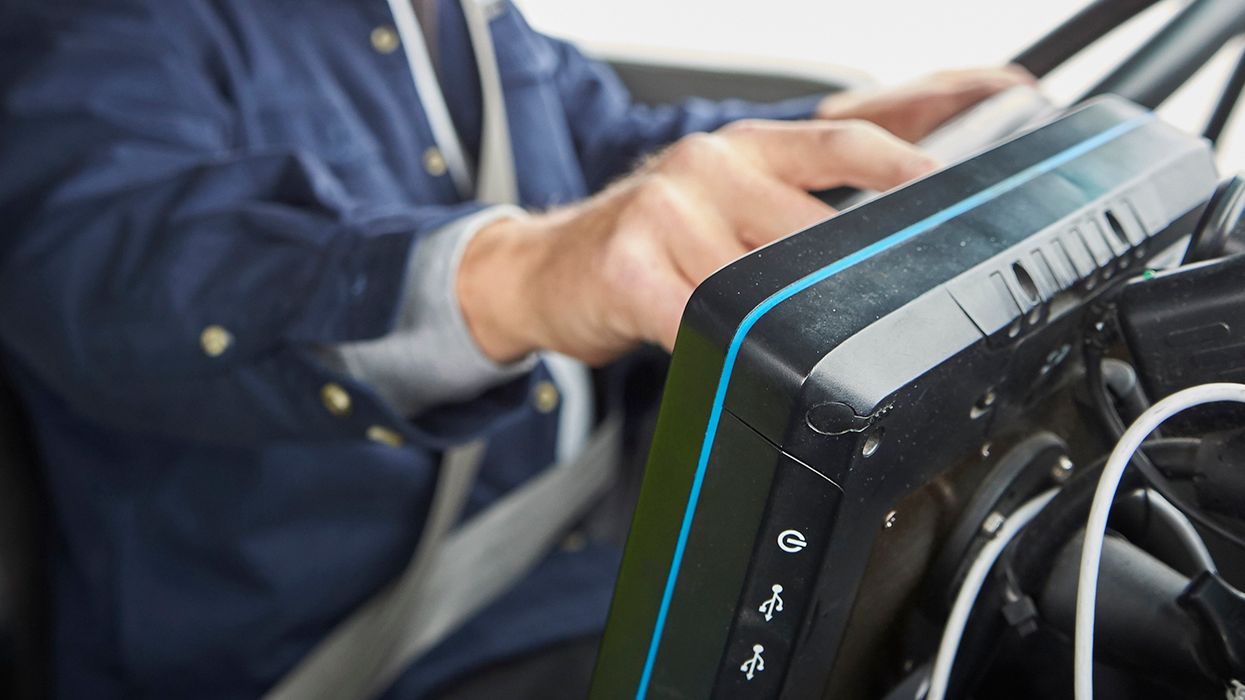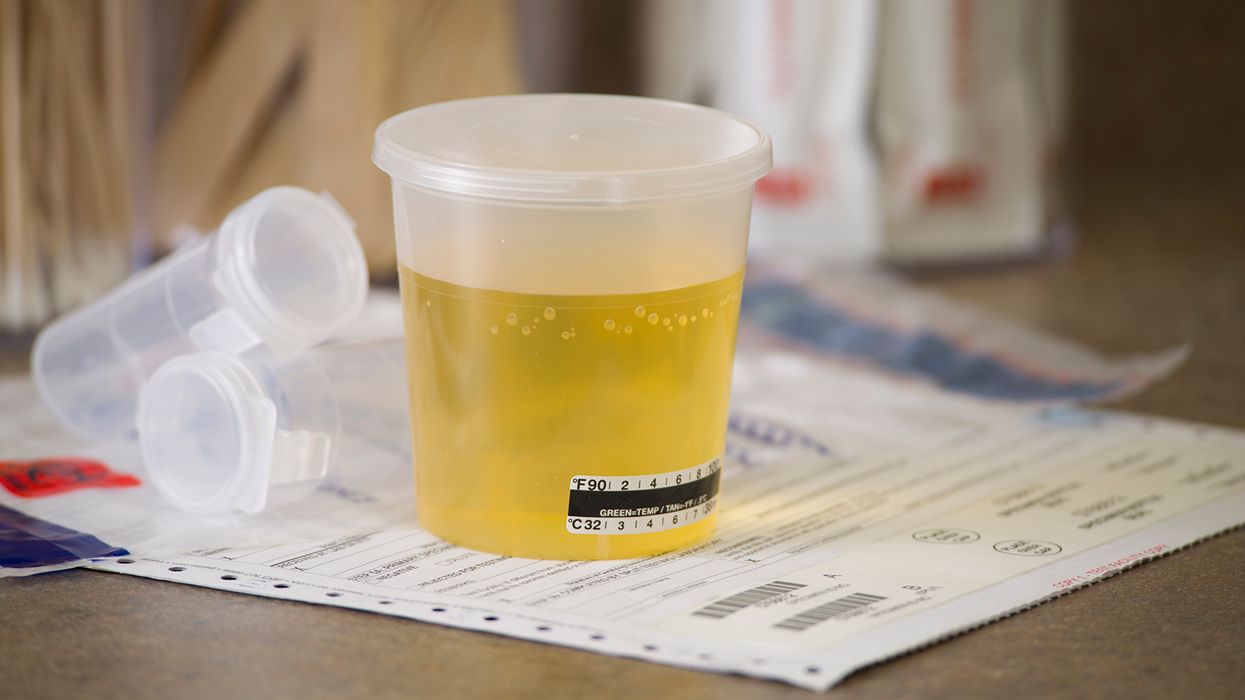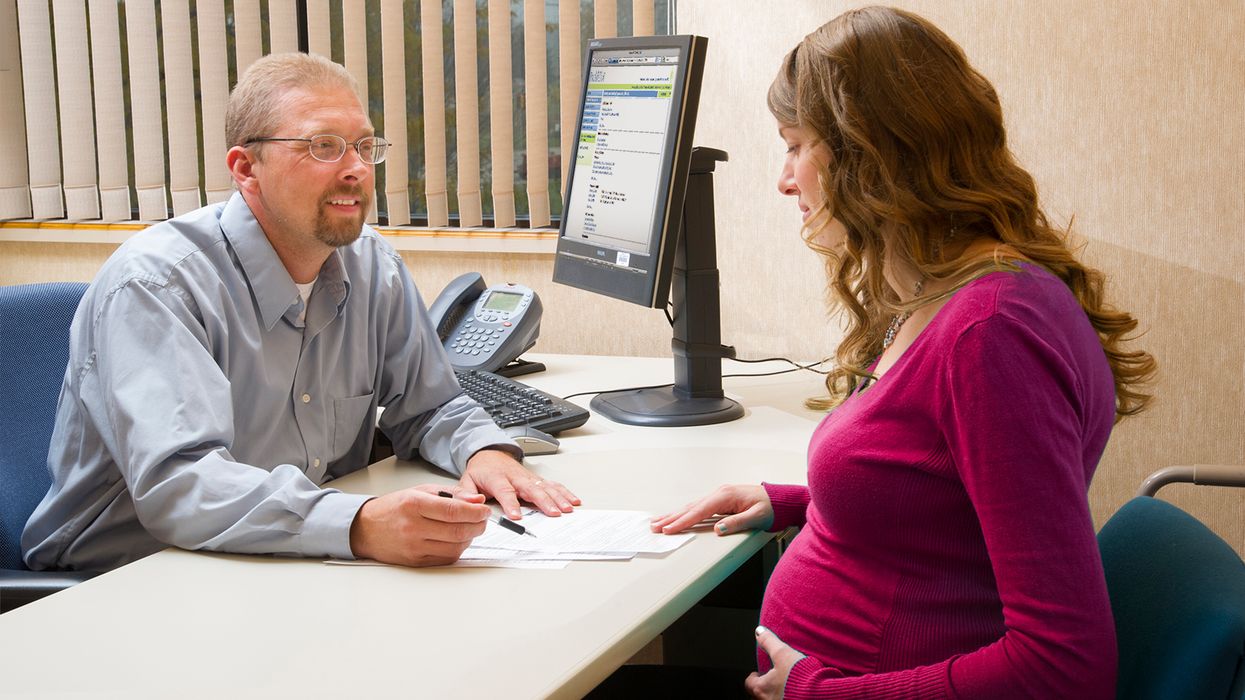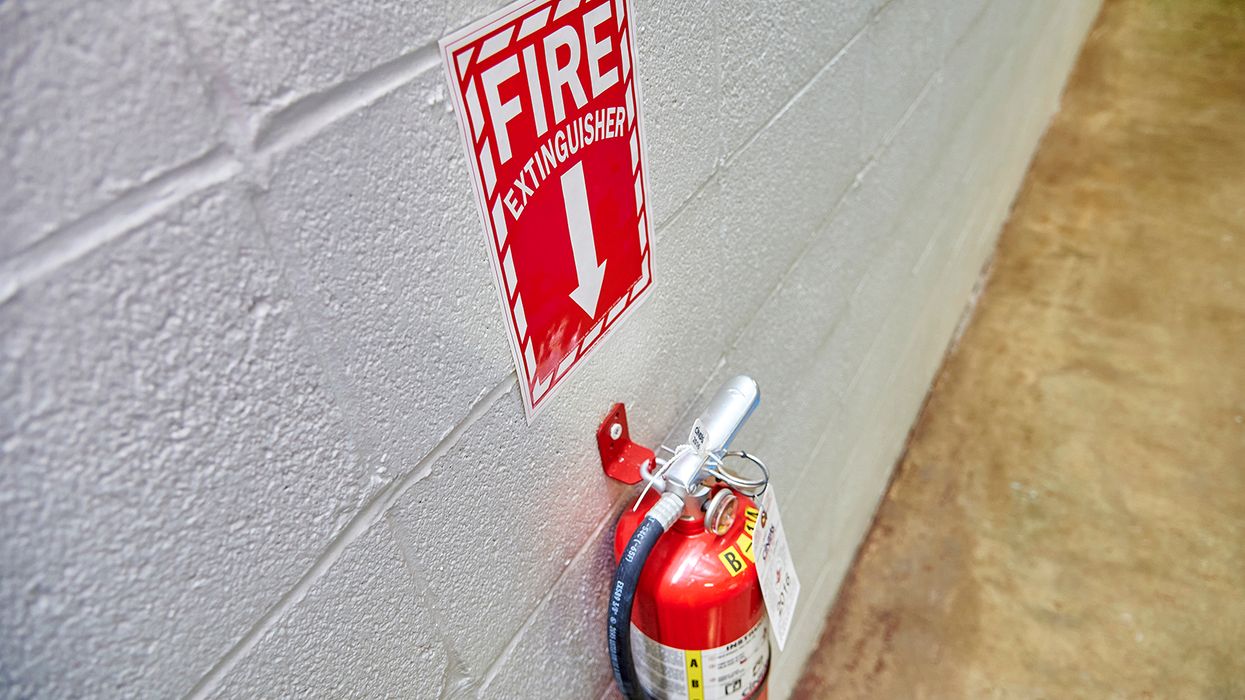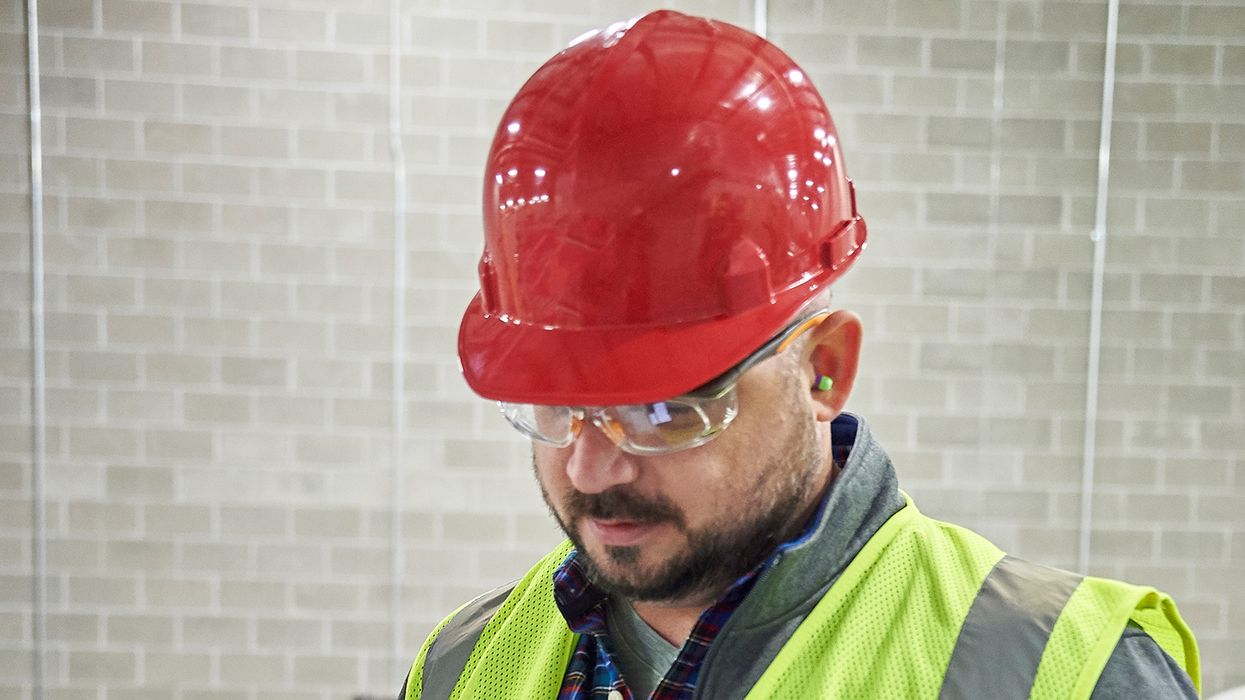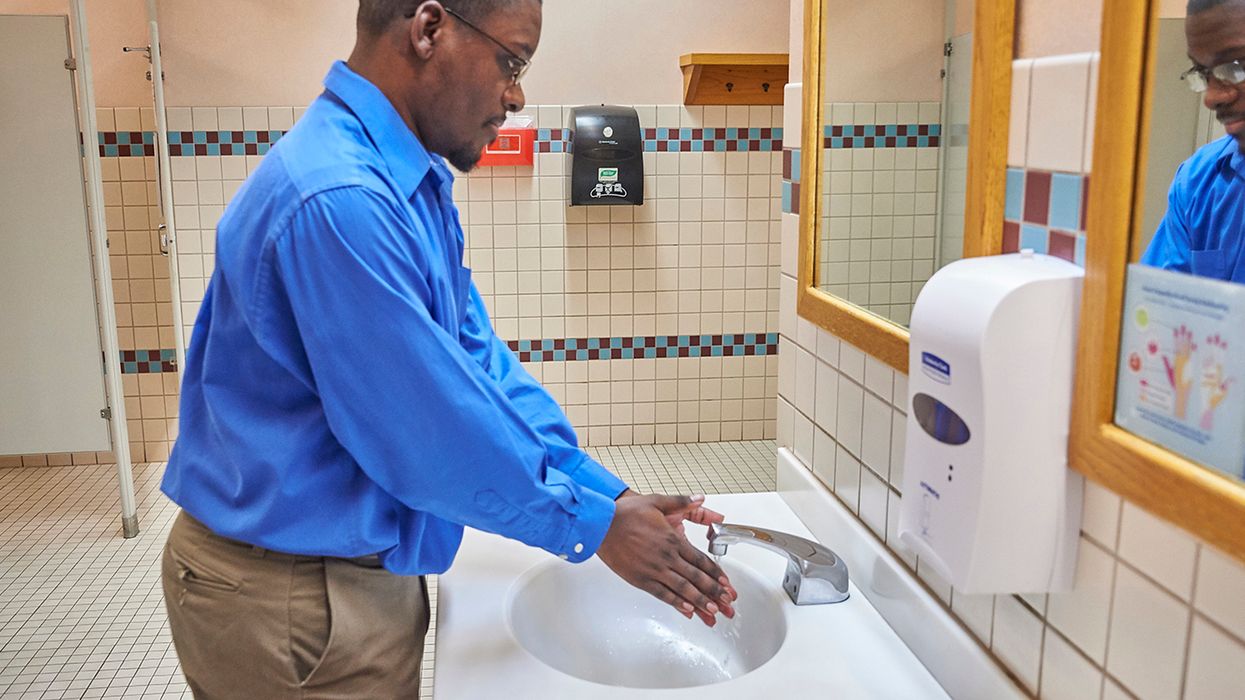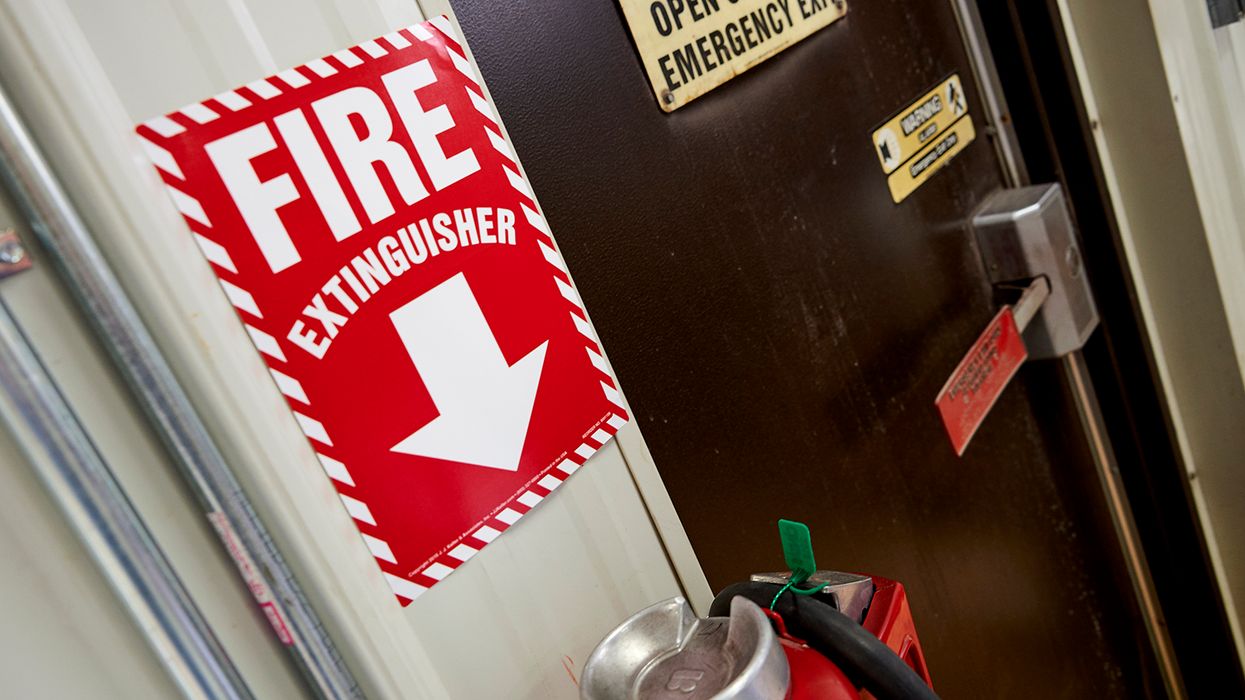Harmonizing the HMR: A Look at Final Rule HM-215Q
The Pipeline and Hazardous Materials Safety Administration (PHMSA) published final rule HM-215Q on April 10, 2024. Changes included with this final rule will harmonize the Hazardous Materials Regulations (HMR) with international dangerous goods regulations.
Harmonization facilitates international trade by the burdens of complying with multiple or inconsistent safety requirements for transportation of hazardous materials. Also, it’s estimated that harmonization will save up to $130 million in shipping costs.
Mandatory compliance for the final rule is April 10, 2025, with voluntary compliance retroactive to January 1, 2023.
Need additional information on other hazmat regulation changes? Check out this article.
Changes to the HMR
The changes in this rule will affect just about every section of the HMR. Some of the more significant changes include:
- Incorporating references to international regulations, including the International Civil Aviation Organization (ICAO) Technical Instructions, the International Maritime Dangerous Goods (IMDG) Code, the United Nations (UN) Model Regulations, the UN Manual of Tests and Criteria, the Globally Harmonized System of Classification and Labelling of Chemicals, the Canadian Transportation of Dangerous Goods Regulations, and various International Organization for Standardization (ISO) standards.
- Update the Hazardous Materials Table (HMT) by adding, revising, or removing certain proper shipping names, hazard classes, packing groups, special provisions, packaging authorizations, bulk packaging requirements, and passenger and cargo aircraft maximum quantity limits.
- Removing phase out date (January 2, 2023) from the transport provisions for polymerizing substances to allow for continued use of the provisions.
- Adding a reference to formaldehyde solution to clarify that the conditions for packing of specimens when using the De minimus exception.
- Lowering the temperature threshold at which transport of certain materials in portable tanks require temperature control.
- Authorizing the use of an additional test method, Test No. 439, ‘‘In Vitro Skin Irritation: Reconstructed Human Epidermis Test Method,’’ for Class 8 materials.
- Removing the lithium battery test summary document requirement for button cell batteries installed in equipment.
- Adding a new paragraph to include the limitation for the number of spare batteries allowed in a package when transported by air.
- Removing the telephone number requirement from the lithium battery mark.
- Adding new paragraph (e) to 175.1 that directs operators to the FAA’s requirements to have a Safety Management System (SMS) in place in accordance with 14 CFR part 121.
- Clarifying drop test requirements for infectious substances packages in 178.609.
- Allowing the use of recycled plastic in the construction of rigid plastic IBCs with the approval of the Associate Administrator.
- Revising to the re-qualification procedures and conformance standards for specific procedures of UN pressure receptacles in 180.207.
Next steps
Even though mandatory compliance isn’t until April 10, 2025, the changes to the regulations can take time to implement into your day-to-day operations. Anyone affected by the HMR should take the following steps to prepare for any upcoming changes:
- Review the changes.
- Determine if the changes will affect your operations.
- Develop a plan to implement the changes.
Key to remember: This final rule harmonizes the HMR with international hazmat regulations and affects just about every section of the HMR. Mandatory compliance starts on April 10, 2025.

